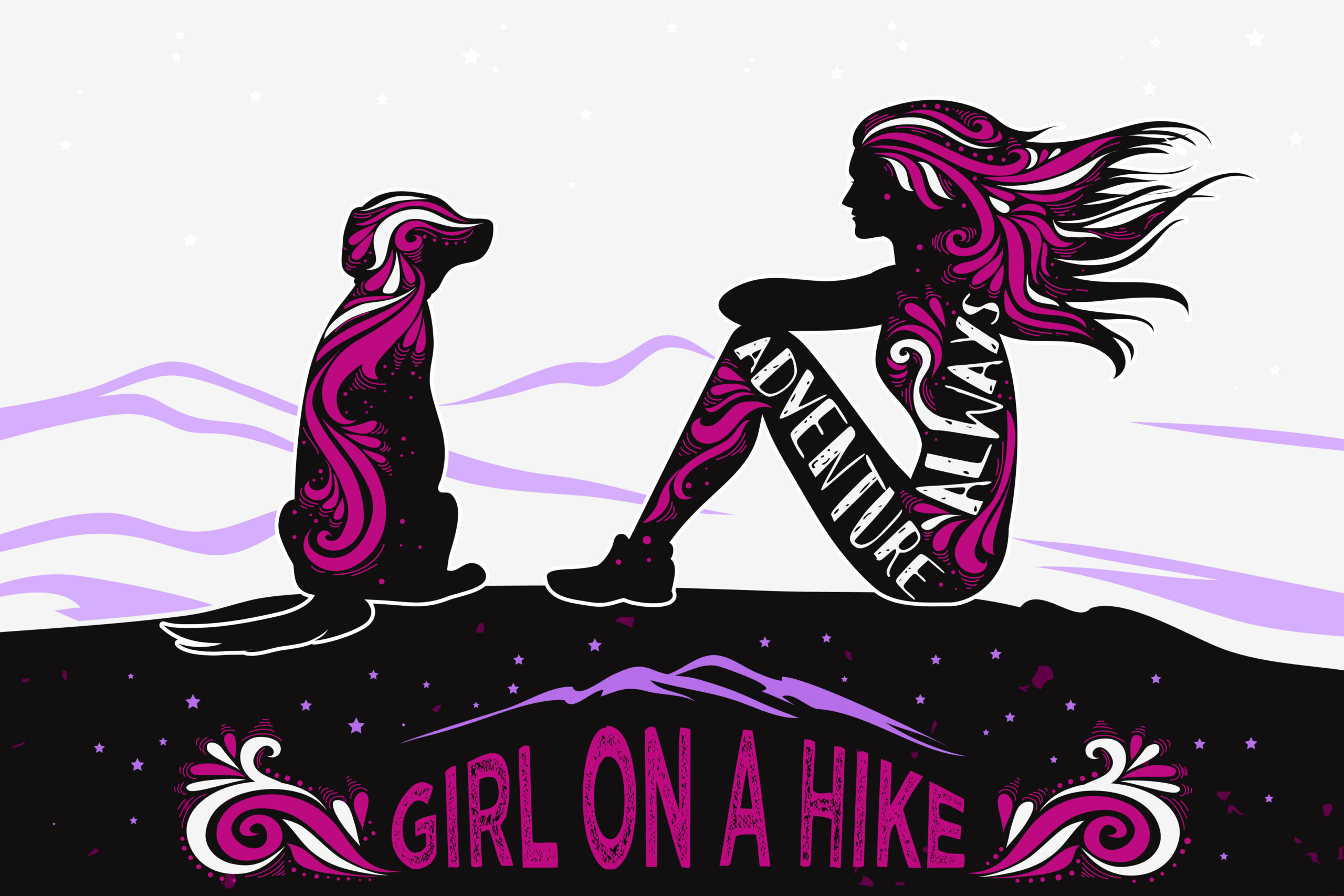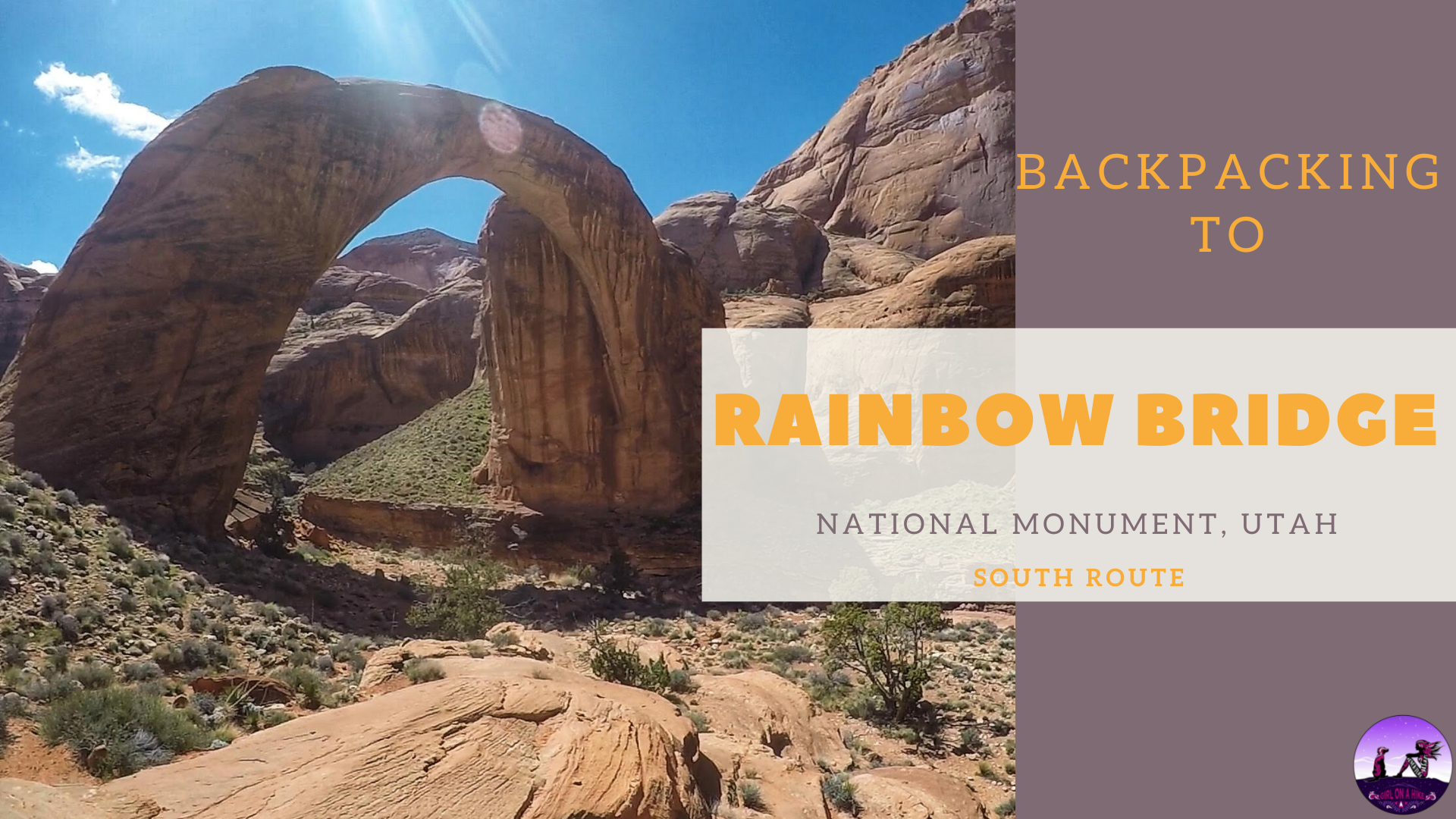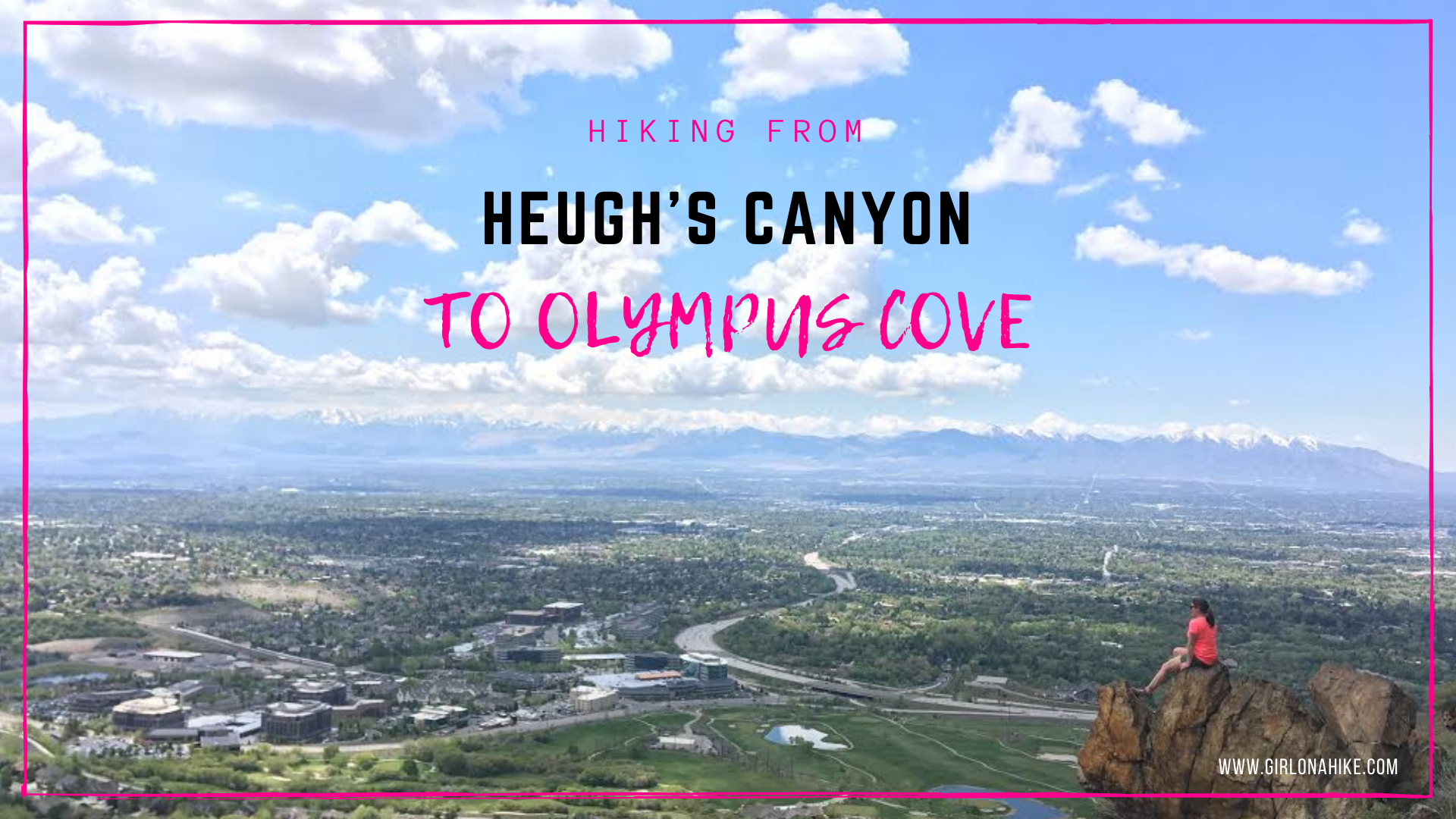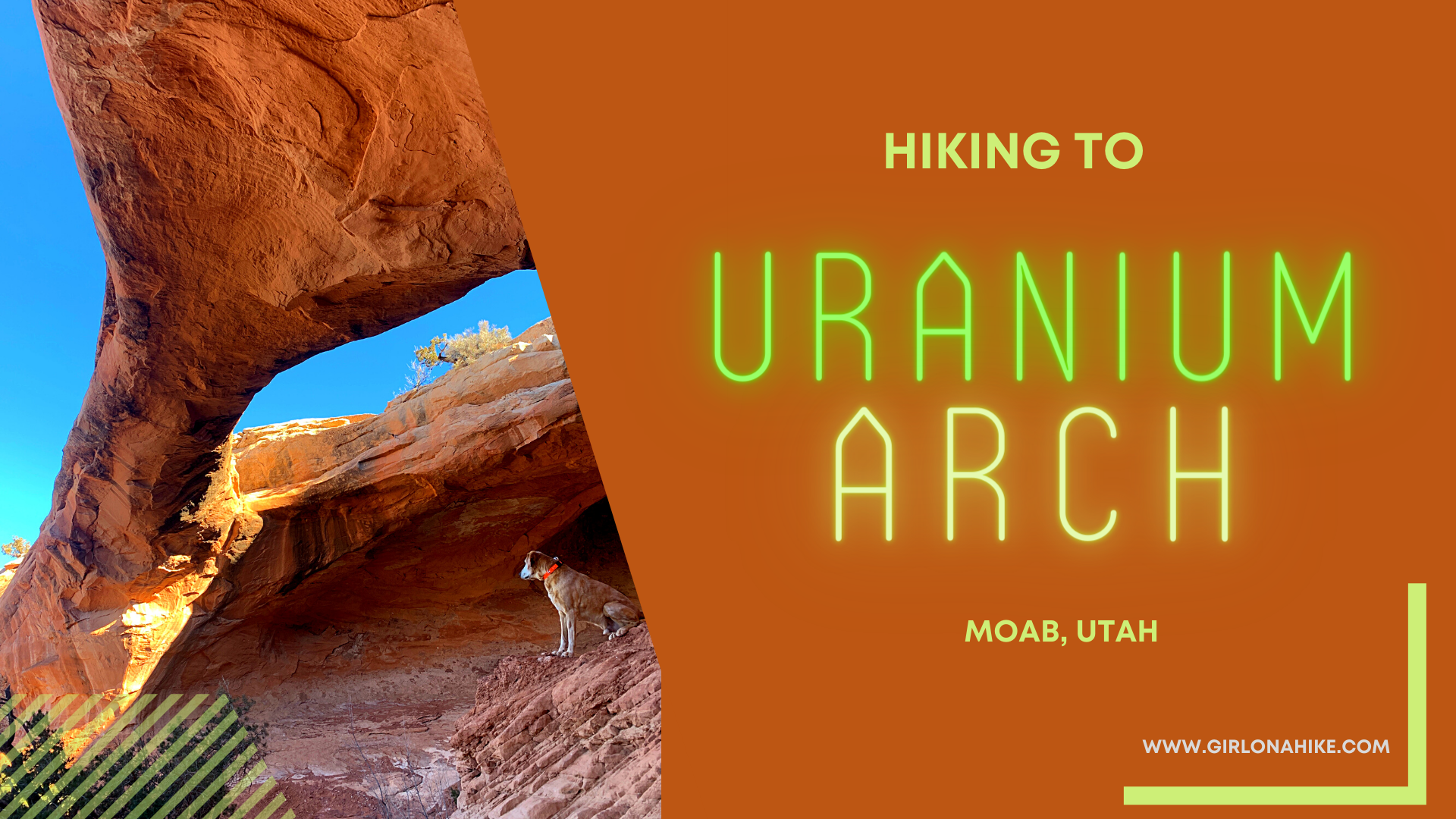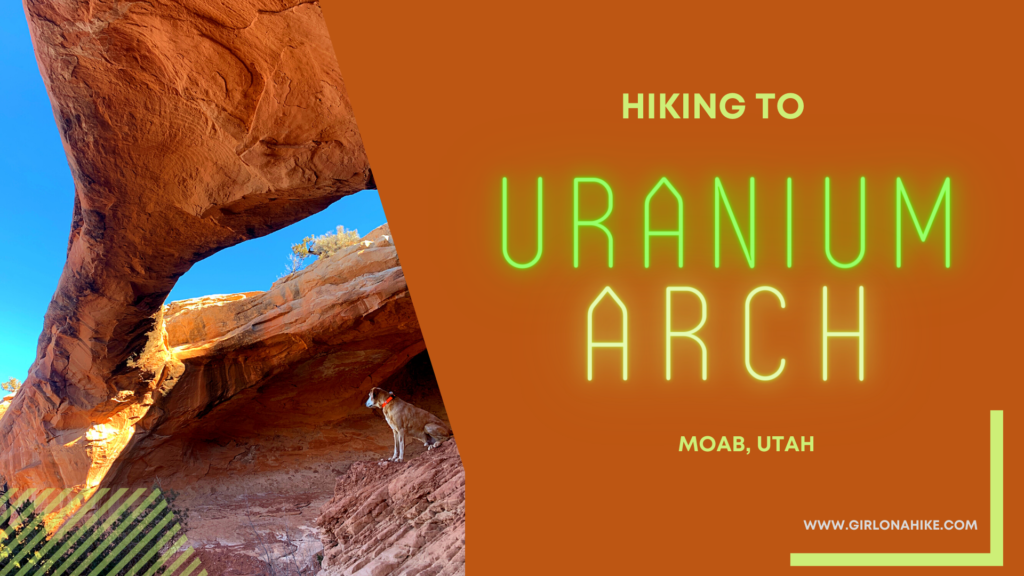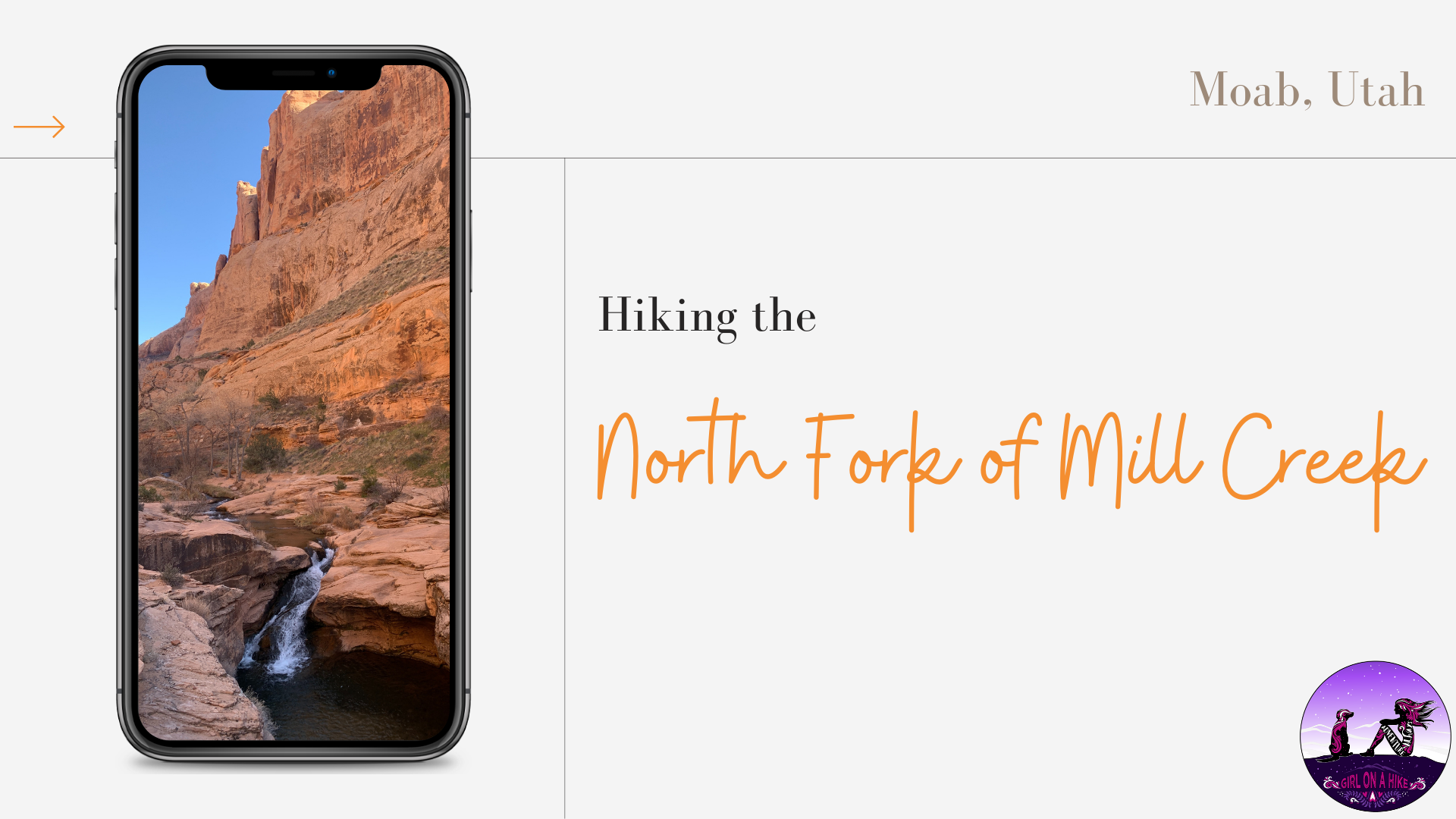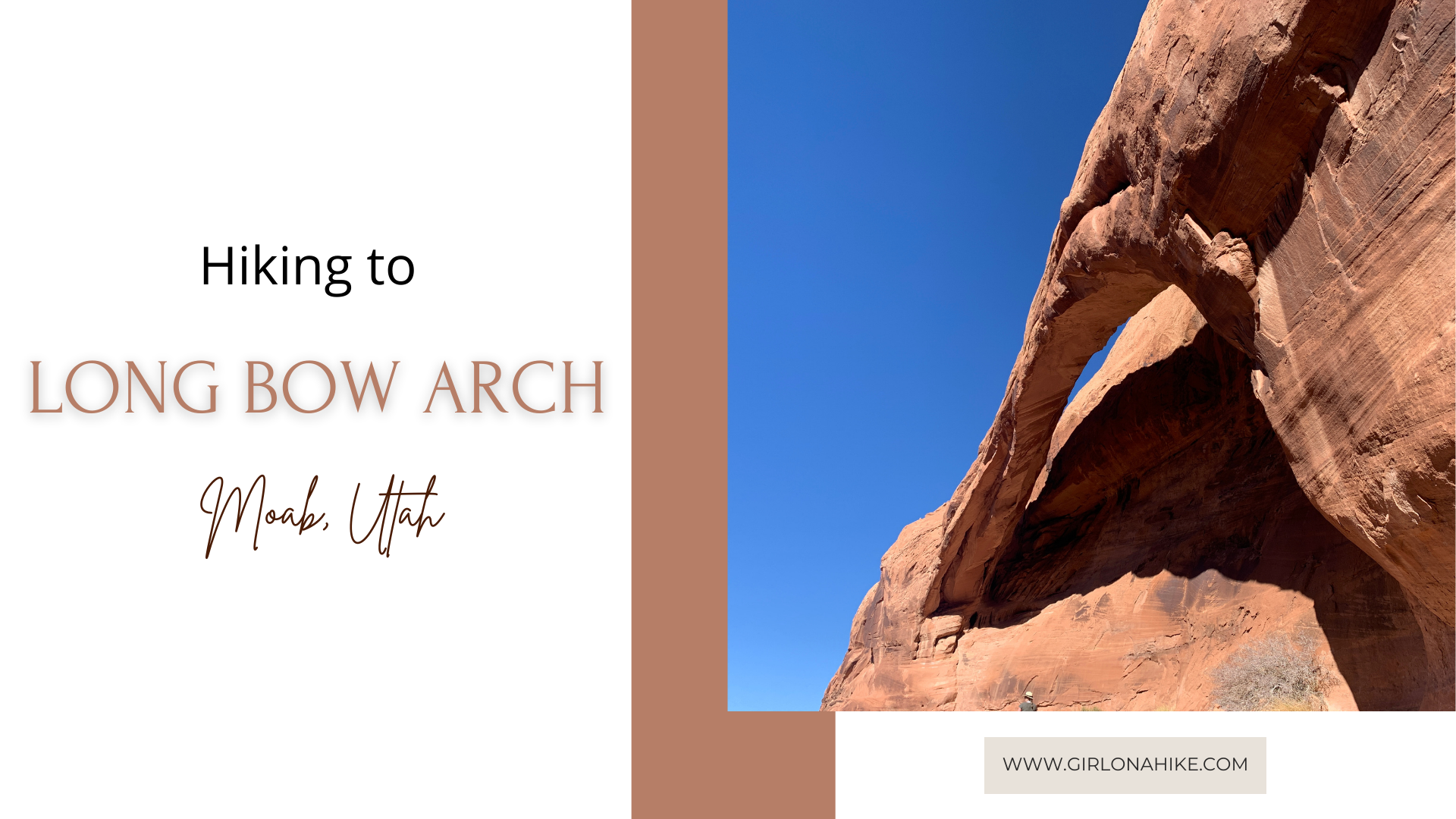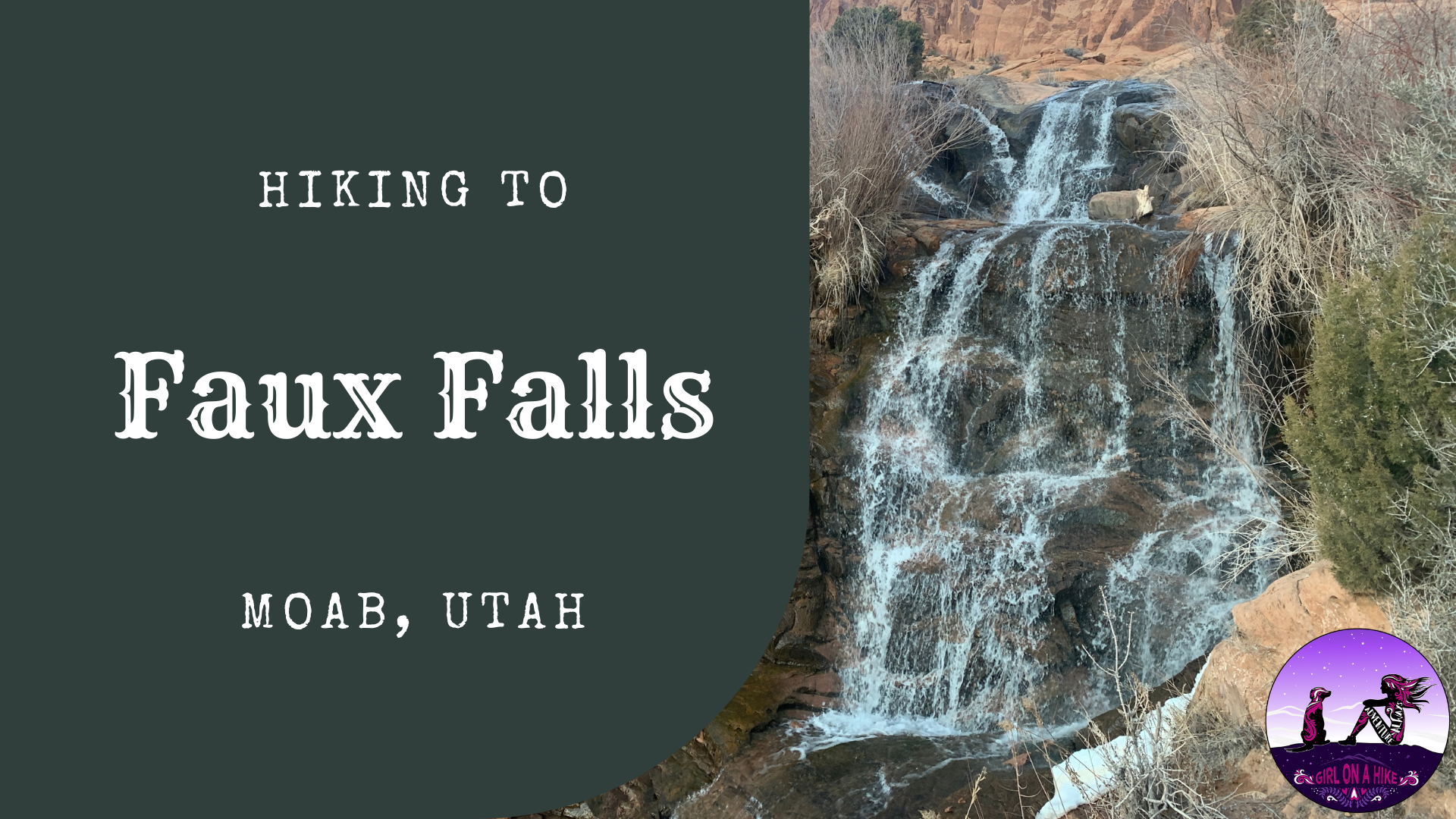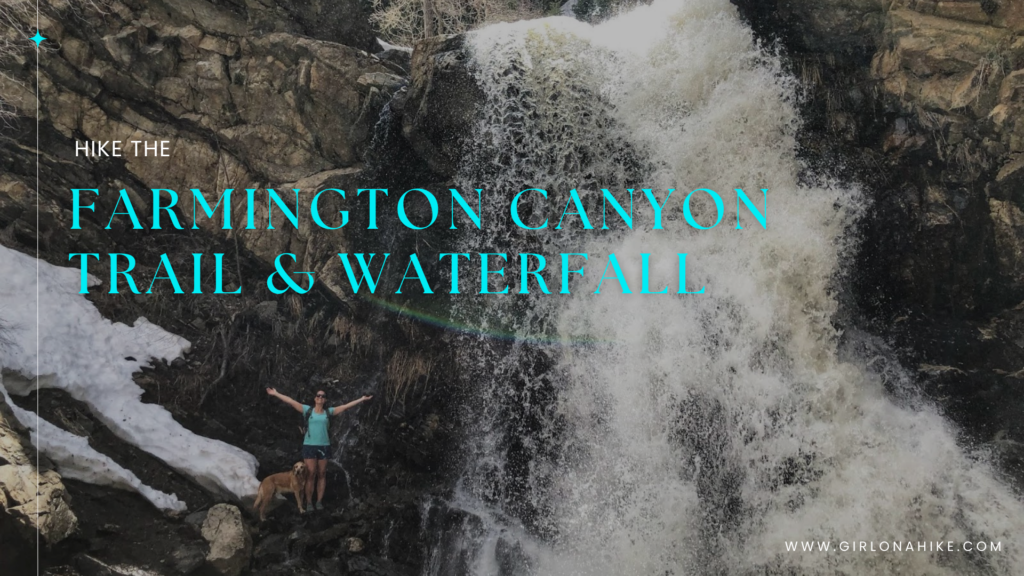
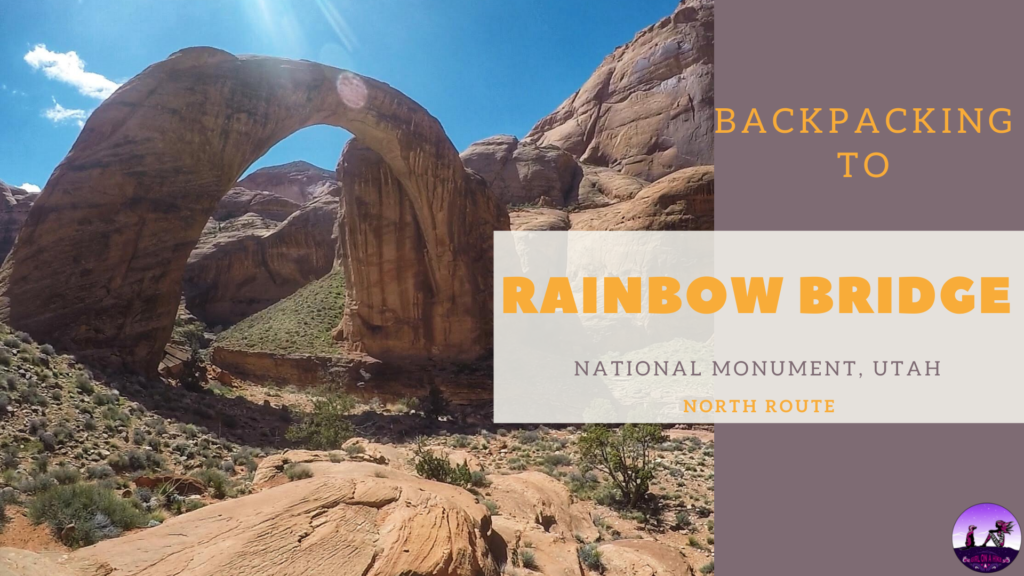
Rainbow Bridge National Monument sits within Lake Powell on the Utah side, and although is one of the largest natural bridges in the world, this national monument is one of the smallest managed by the National Park Service. Rainbow Bridge itself stands 290 ft tall from the base to the top of the arch, and is 275 ft across, making it nearly as tall as the Statue of Liberty.
Rainbow Bridge National Monument sits within Lake Powell on the Utah side, and although is one of the largest natural bridges in the world, this national monument is one of the smallest managed by the National Park Service. Rainbow Bridge itself stands 290 ft tall from the base to the top of the arch, and is 275 ft across, making it nearly as tall as the Statue of Liberty.
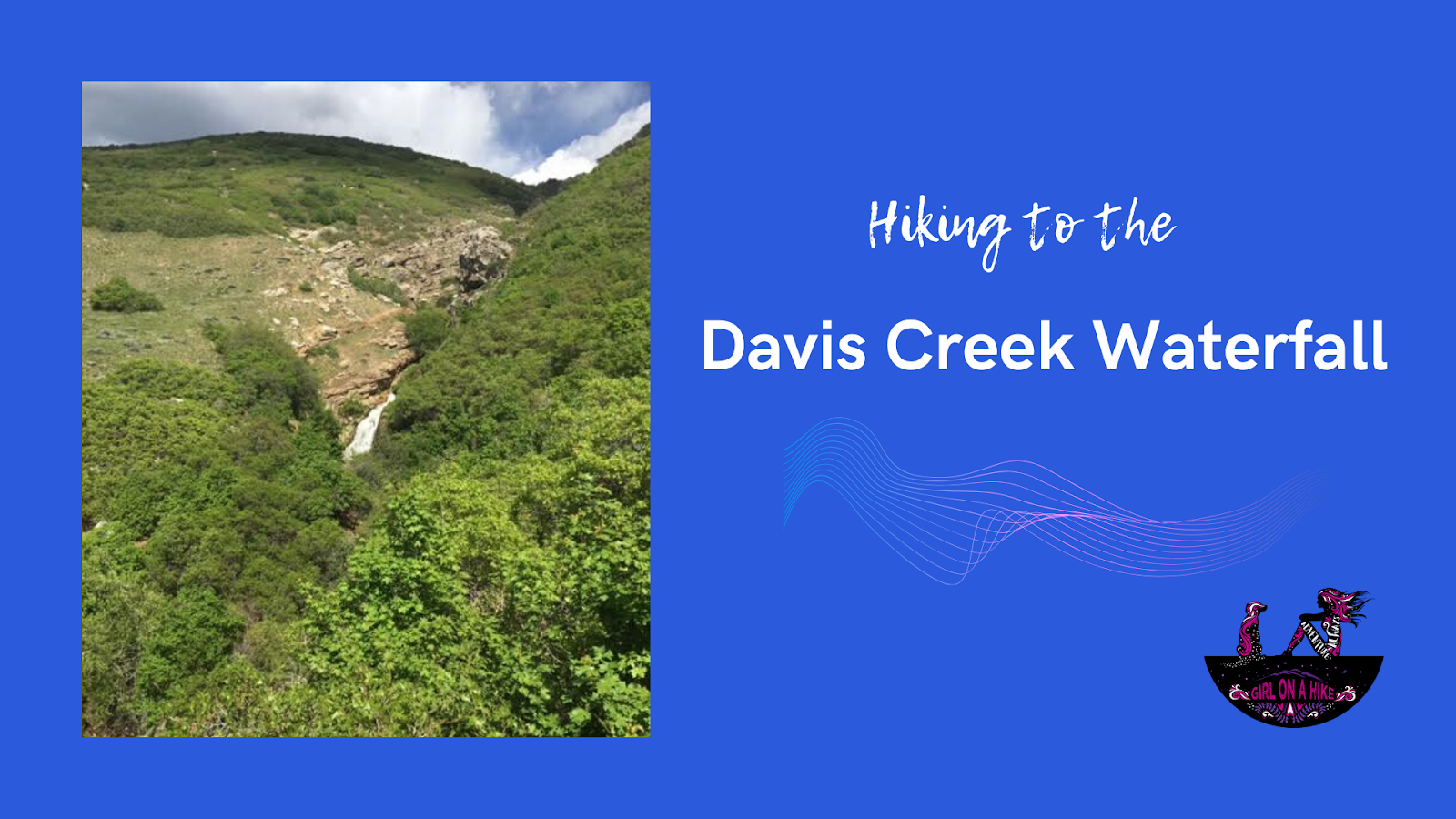
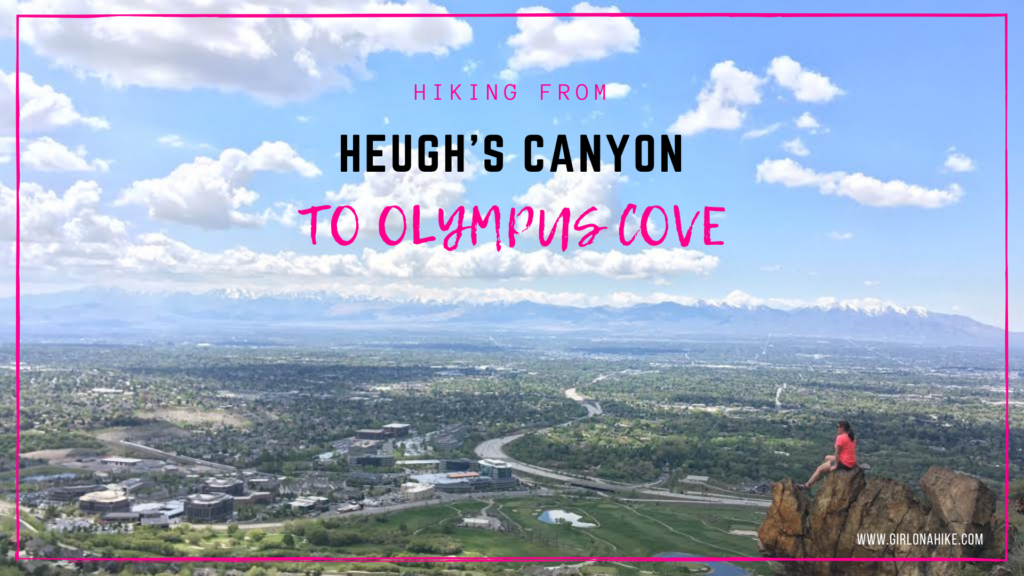
Heugh's Canyon to Olympus Cove (a.k.a. "Z Trail") follows one of the newest sections of the Bonneville Shoreline Trail (BST). It's a 5 mile point-to-point trail great for dogs and trail runs. There are a few sections with sheer drop offs, and for that reason, I don't recommend little kids.
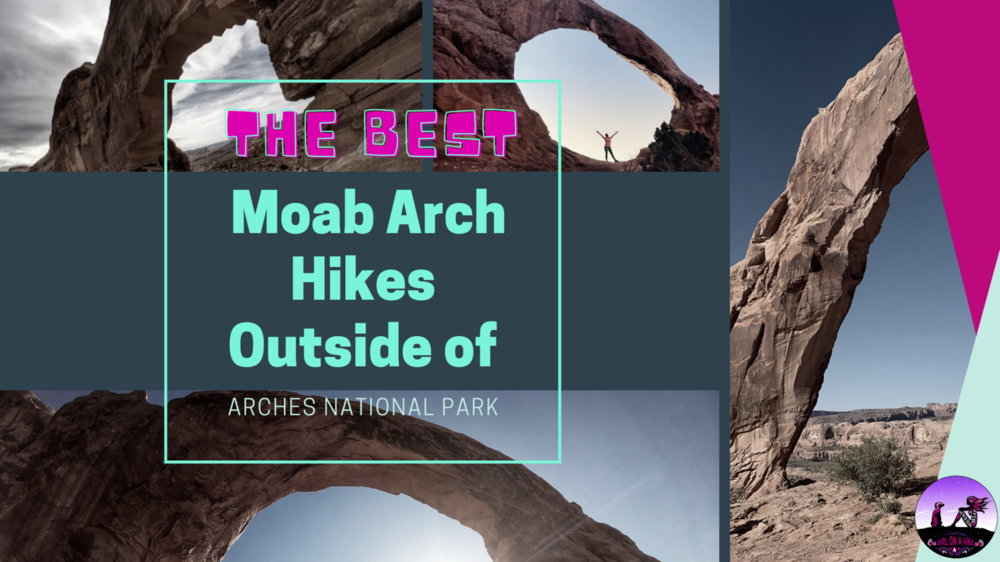
The Best Moab Arch Hikes Outside of Arches National Park are no more than a 20 minute drive from the park, plus allows dogs, and most are great for kids. These arches listed below are some of the best in the area. Why stick to just Delicate Arch when you can see something unique and off the beaten path? Check out these out to hike to something different in Moab, Utah!
Uranium Arch is a popular arch for hikers, bikers, and ATVs to explore, just outside of Moab, Utah.
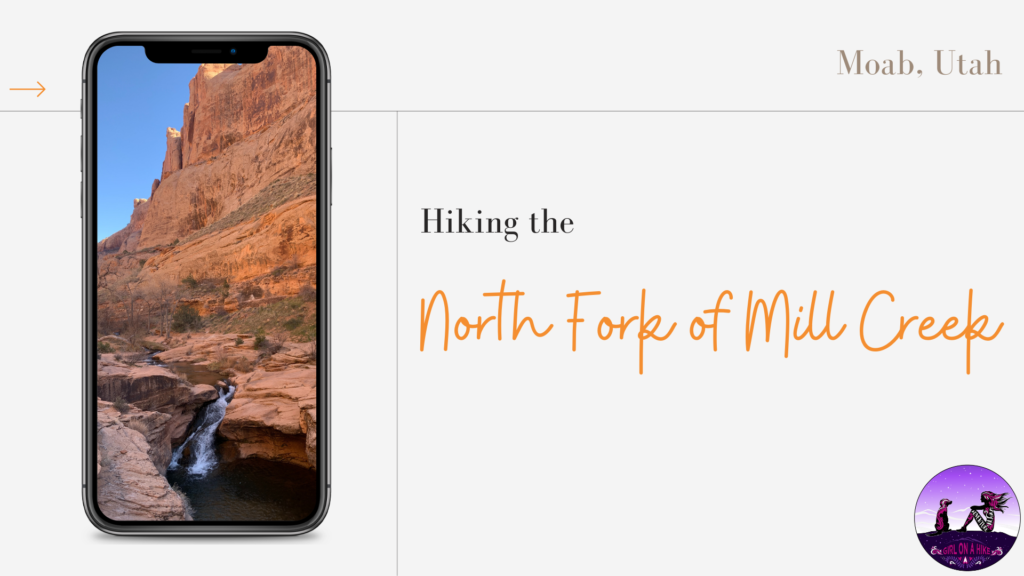
Hiking the North Fork of Mill Creek Canyon is perfect for kids, since it is only 1 mile to the first natural waterfall, and is considered the "locals swimming hole".
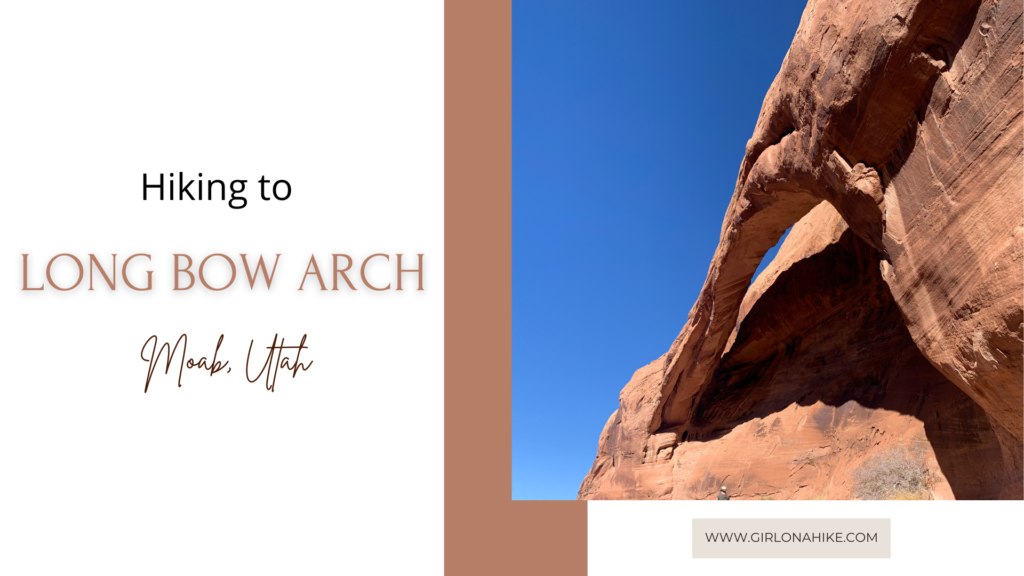
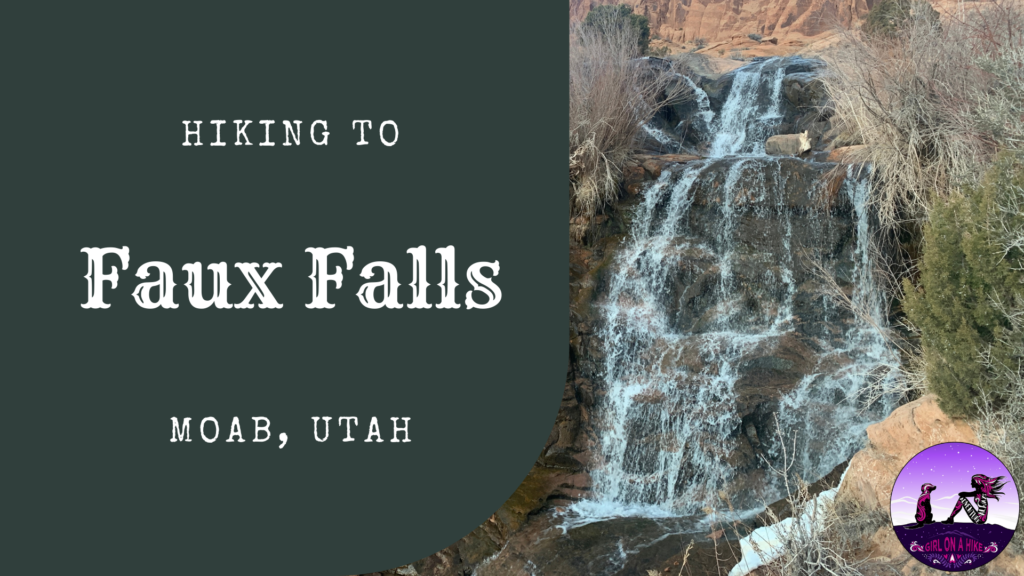
Faux Falls in Moab is a very short walk, that the whole family will enjoy. "Faux" is French for "false" or "fake", hence the name. Faux Falls was built in 1981 along with Ken's Lake, when a drought in the early 1970s pressed for the need of more water for Moab and surrounding areas. Ken's Lake is named for the then District Chairman, Ken McDonald, and the lake was dedicated for irrigation purposes in the upper Spanish Valley - long known as "Poverty Flats" because of its lack of water. It cost $4 million dollars to build the 96 ft high dam to hold an estimated 2,750 acres of water that allows for the cultivation of roughly 900 acres of land.

